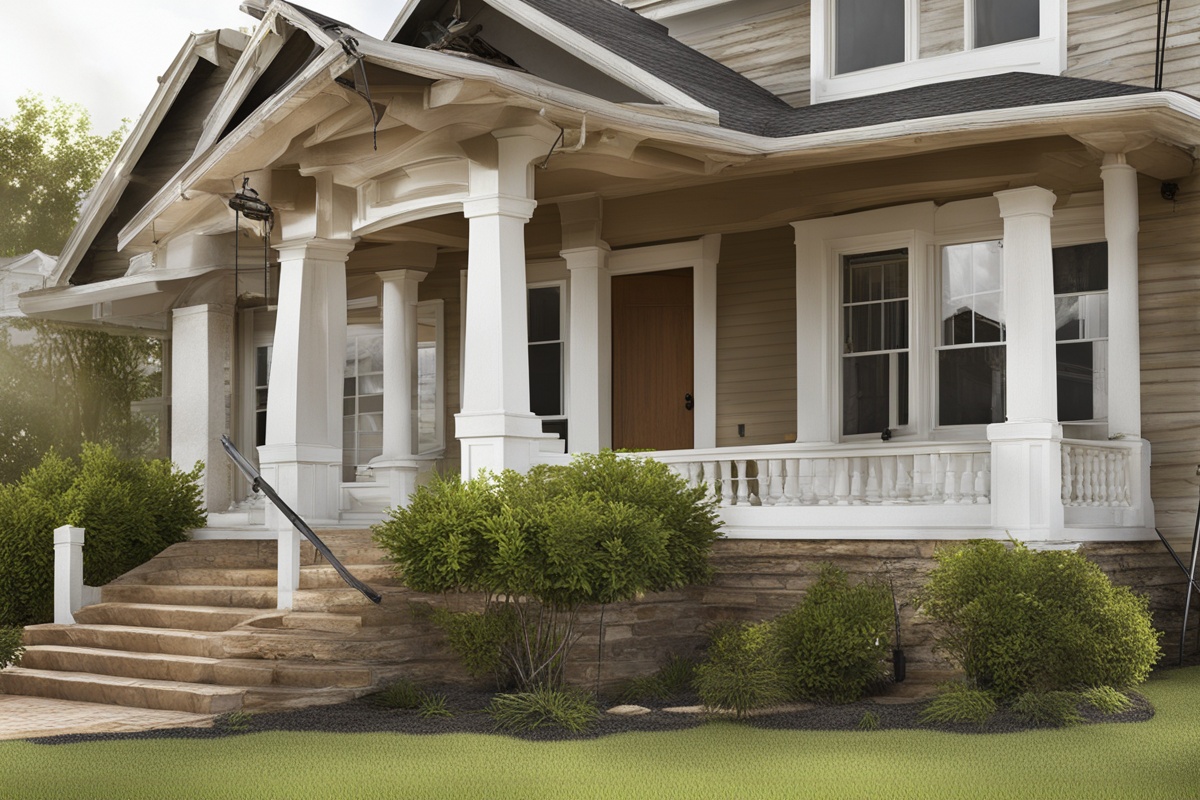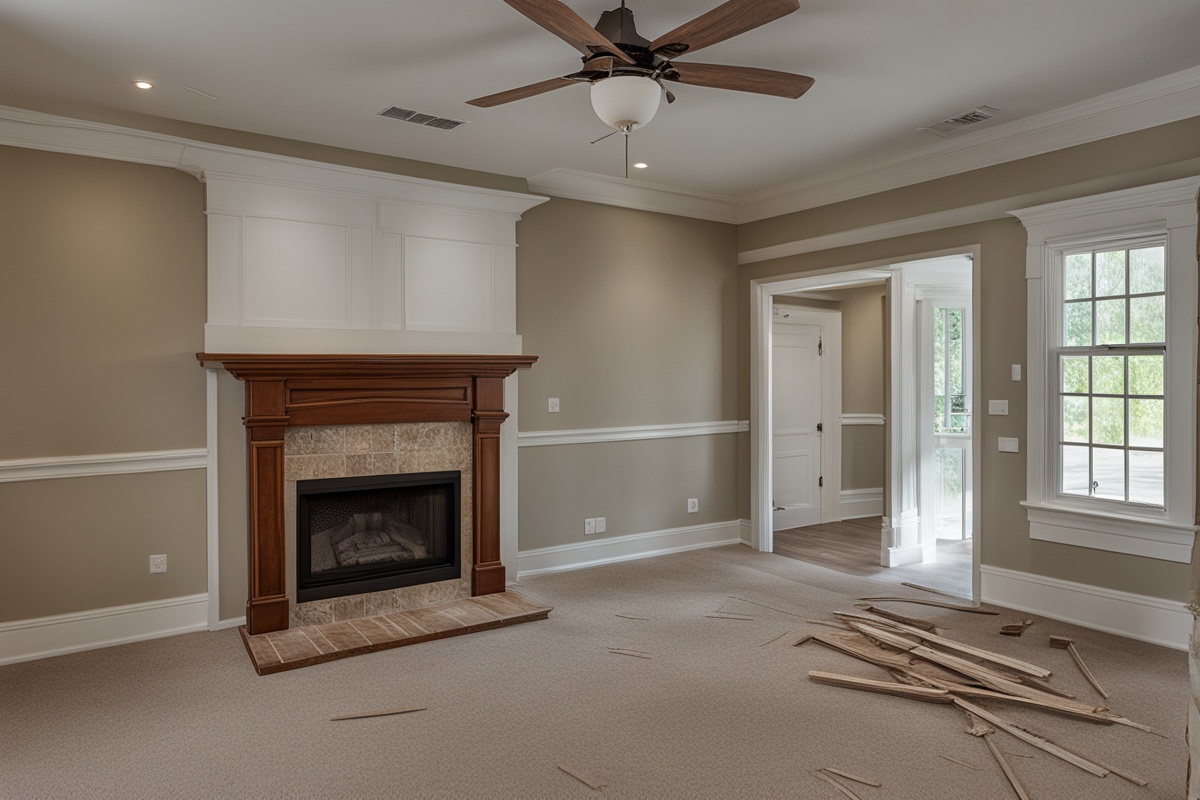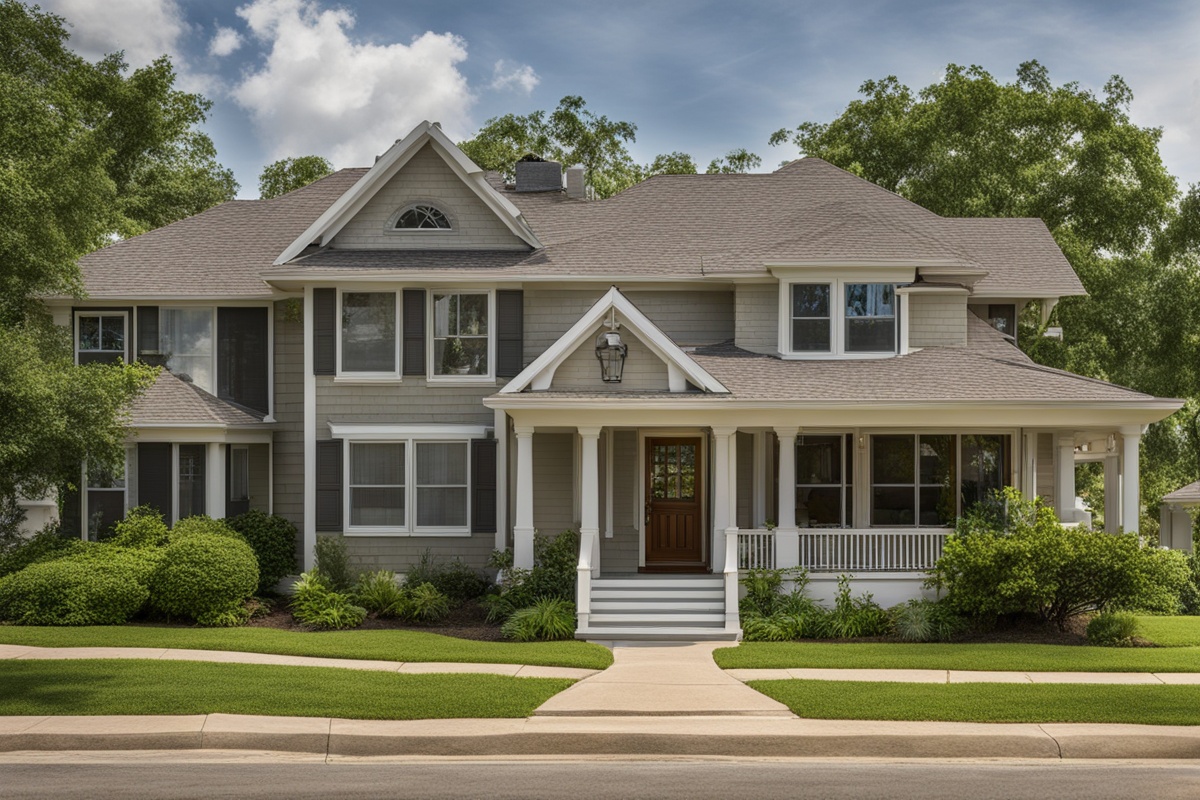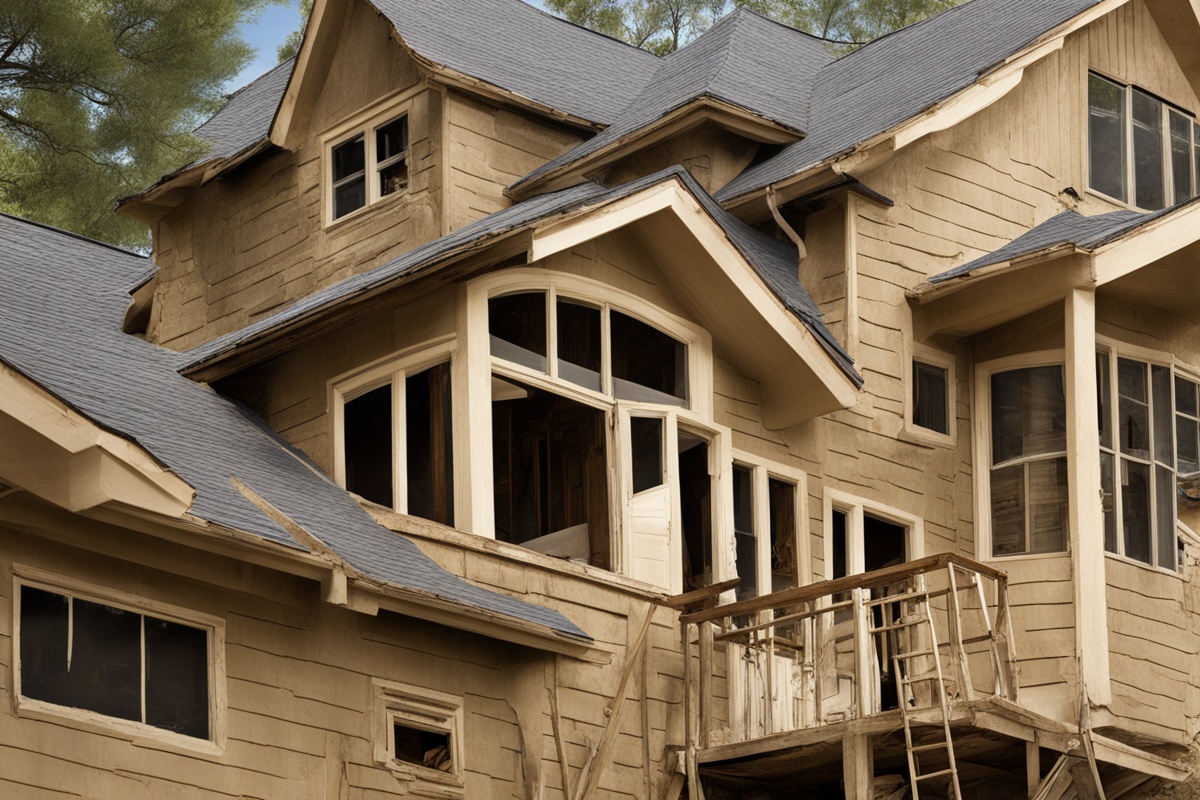Property rehabilitation is a transformative process that breathes new life into distressed homes, turning neglected or damaged properties into valuable assets. For investors, contractors, and homeowners alike, revamping distressed homes successfully is both a challenging and rewarding endeavor. This comprehensive guide will explore the essential steps, strategies, and considerations to ensure a successful renovation project while maximizing return on investment (ROI). Whether you’re a seasoned real estate investor or a first-time renovator, understanding the nuances of property rehabilitation can make all the difference.
Understanding the Appeal of Distressed Homes
Distressed homes, often sold at a significant discount, present a unique opportunity for those willing to invest time and effort into rehabilitation. These properties may be foreclosures, short sales, or homes in disrepair due to neglect or natural disasters. The primary appeal lies in their low purchase price, which allows for a higher profit margin after renovation. However, revamping distressed homes successfully requires a keen eye for potential and a solid plan to address structural, aesthetic, and functional issues. Before diving into a project, assess the property’s condition and market value to ensure it aligns with your financial goals.
Key Steps to Revamping Distressed Homes Successfully
The process of rehabilitating a distressed property can be broken down into actionable steps. First, conduct a thorough inspection to identify major issues such as foundation cracks, plumbing leaks, or electrical hazards. Next, create a detailed budget that includes repair costs, labor, and a contingency fund for unexpected expenses. Prioritize repairs that enhance safety and functionality before focusing on cosmetic upgrades. For instance, fixing a leaky roof or updating outdated wiring should take precedence over installing new countertops. By following a structured approach, you can avoid common pitfalls and ensure a smoother renovation process.
Budgeting and Financing Your Renovation Project
One of the most critical aspects of revamping distressed homes successfully is managing your budget. Underestimating costs can derail a project, so it’s essential to account for both visible and hidden issues. Research local material and labor costs, and consider financing options such as hard money loans, home equity lines of credit, or FHA 203(k) loans, which are specifically designed for rehabilitation projects. Additionally, explore grants or tax incentives for restoring historic properties if applicable. A well-planned budget not only keeps your project on track but also maximizes profitability when it’s time to sell or rent the property.
For more insights on financing options, check out our detailed guide on Financing Property Renovations.
Navigating Legal and Regulatory Challenges
Rehabilitating distressed homes often involves navigating a maze of permits, zoning laws, and building codes. Failure to comply with local regulations can result in fines or delays, so it’s crucial to research requirements before starting any work. For example, major structural changes may require approval from municipal authorities, while historic homes might be subject to preservation guidelines. Hiring a contractor familiar with local laws can save time and prevent costly mistakes. Additionally, ensure the property’s title is clear of liens or legal disputes to avoid complications down the line. For tips on working with contractors, read our post on Choosing the Right Contractor for Your Project.
Maximizing ROI Through Strategic Upgrades
When revamping distressed homes successfully, not all upgrades are created equal. Focus on improvements that offer the highest return on investment, such as kitchen and bathroom remodels, which are often top priorities for buyers. Energy-efficient features like new windows, insulation, and HVAC systems can also attract eco-conscious buyers while reducing long-term costs. Avoid over-improving the property beyond the neighborhood’s market value, as this can limit profitability. Conduct a comparative market analysis (CMA) to determine the optimal level of investment. For more on market analysis, see our article on Understanding Real Estate Market Trends.
Marketing and Selling Your Revamped Property
Once the renovation is complete, the final step in revamping distressed homes successfully is marketing the property to potential buyers or renters. High-quality photos, virtual tours, and detailed listings can showcase the transformation and attract interest. Highlight key upgrades, such as modern appliances or restored historical features, to differentiate your property from others on the market. Working with a real estate agent or leveraging online platforms can expand your reach. Additionally, consider staging the home to help buyers envision themselves in the space. For staging tips, explore our guide on Home Staging for Quick Sales.
Disclaimer: The information provided in this article is for general informational purposes only and should not be construed as professional, financial, or legal advice. Property rehabilitation involves significant risks, including financial loss and unforeseen challenges. Always consult with qualified professionals, such as contractors, real estate agents, or financial advisors, before embarking on a renovation project. We are not responsible for any decisions or actions taken based on the content of this article.
References
- U.S. Department of Housing and Urban Development – FHA 203(k) Rehabilitation Loan
- National Association of Home Builders – Industry News and Resources
- Realtor.com – How to Finance a Fixer-Upper
- U.S. Department of Energy – Energy Efficient Home Design
- National Park Service – Standards for Rehabilitation of Historic Properties
This content is for informational purposes only and not a substitute for professional advice.





